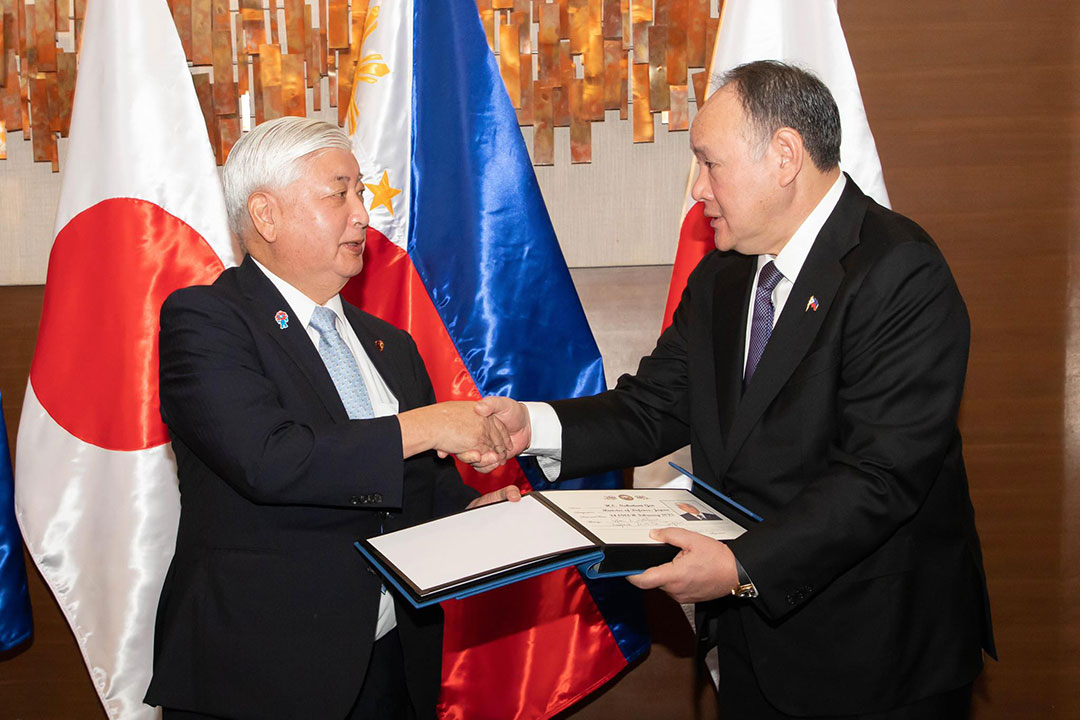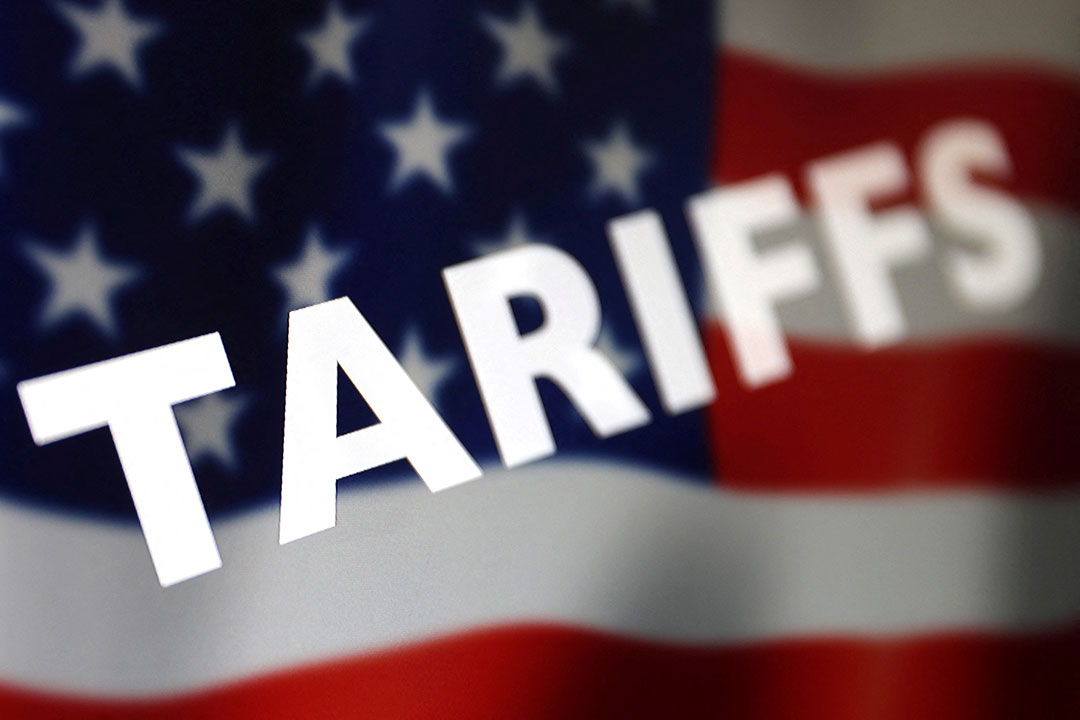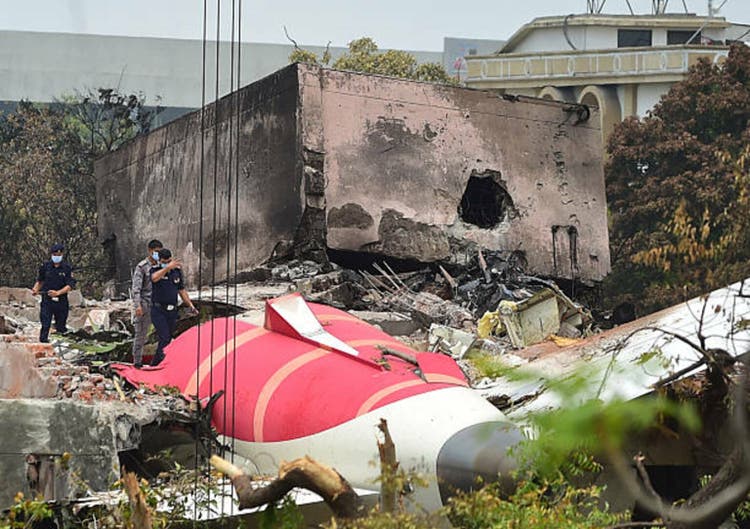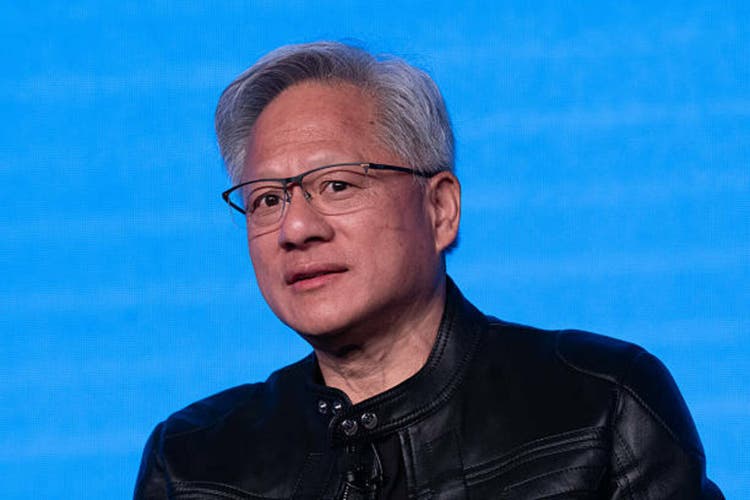 DEFENSE SECRETARY Gilberto C. Teodoro, Jr. and his Japanese counterpart Gen Nakatani tackle regional security issues during the latter’s visit to Manila. — DEPARTMENT OF NATIONAL DEFENSE OFFICIAL FACEBOOK PAGE
DEFENSE SECRETARY Gilberto C. Teodoro, Jr. and his Japanese counterpart Gen Nakatani tackle regional security issues during the latter’s visit to Manila. — DEPARTMENT OF NATIONAL DEFENSE OFFICIAL FACEBOOK PAGEBy Kenneth Christiane L. Basilio, Reporter
JAPAN’S plan to transfer Abukuma-class destroyer escorts to the Philippines could enhance Manila’s coastal patrol and maritime defense capabilities, analysts said at the weekend, underscoring the country’s efforts to counter China’s growing assertiveness in the South China Sea.
The proposed handover, first reported by Japanese newspaper Yomiuri Shimbun, involves 1980s-era destroyer ships equipped with anti-ship warfare systems. Security analysts said the vessels, despite their age, would be a valuable addition to the Philippines’ aging and limited naval fleet, providing a much-needed upgrade in maritime deterrence and patrol operations.
“These ships bring credible anti-ship missiles, torpedo launchers and modern sensors, which will improve the Philippines’ ability to deter or respond to China’s naval activity,” Rocio Salle Gatdula, a defense economist studying security at Georgetown University, said in a Facebook Messenger chat.
The transfer is viewed as part of broader efforts by Japan and the Philippines to enhance regional maritime security cooperation amid heightened tensions in the South China Sea, where Beijing continues to assert expansive claims. China’s so-called nine-dash line overlaps with the Philippines’ exclusive economic zone (EEZ), as well as the EEZs of Vietnam, Malaysia, and other neighbors.
In 2016, a United Nations-backed arbitral tribunal ruled that China’s sweeping claims had no legal basis — a decision Beijing refuses to recognize. Since then, Chinese coast guard and naval vessels have repeatedly entered waters claimed by the Philippines, drawing protests from Manila.
Like the Philippines, Japan has its own maritime dispute with China over the Senkaku Islands in the East China Sea. Analysts say both nations face a common challenge in pushing back against China’s expanding maritime presence.
Sherwin E. Ona, a security analyst and associate professor at De La Salle University, said accepting the destroyers could strengthen the Philippines’ ability to monitor and control activity within its EEZ.
“The transfer will have a significant impact on the Armed Forces of the Philippines’ anti-access/area denial capabilities and strengthen the deterrence posture of the country,” he said in a Viber message. “These destroyer escorts… are smaller ships that can be employed for coastal patrols or littoral missions. These are perfect for our EEZ.”
At about 109 meters in length, the Abukuma-class destroyers are comparable in size to the Philippine Navy’s BRP Miguel Malvar, which measures 118 meters. Analysts say these vessels would expand the country’s capacity for surface warfare and anti-submarine missions.
“The Abukuma-class destroyer escorts would be a substantial expansion and capability upgrade for the Philippine’s small surface fleet,” Raymond M. Powell, a fellow at Stanford University’s Gordian Knot Center for National Security Innovation, said via Messenger chat.
The Philippine Navy operates a fleet composed mostly of hand-me-down ships from the US and UK, many of which are aging and lack advanced weaponry.
“The Philippines has few ships with modern missile and anti-ship warfare capabilities… Many of its current vessels are outdated or lightly armed,” Ms. Gatdula said, adding that the Japanese ships would add critical versatility.
Mr. Ona noted that the destroyers would complement the Philippines’ upcoming Rajah Sulayman-class offshore patrol vessels, six of which are being built by South Korea’s HD Hyundai Heavy Industries under a P30-billion contract. Deliveries are expected to begin next year.
“The Philippine Navy has to keep accepting materiel capability that would upgrade its arsenal,” Chester B. Cabalza, founding president of the International Development and Security Cooperation think tank, said in a Messenger chat. “China has been pumping its own navy by the numbers. Countering it by quantity and strategy are obligatory for Japan and the Philippines.”
However, analysts warned that not all weapon systems on the Japanese ships may be included in the transfer due to Japan’s strict arms export regulations.
“The Philippines should expect the exclusion of some missiles, advanced sensors, or electronic warfare systems, depending on what the Japanese government’s decisions and the specific export framework agreed upon,” Ms. Gatdula said.
To maximize the value of the ships, she said the Philippine Navy could retrofit them with upgraded communication systems, torpedoes and close-in weapon systems to enhance combat performance and interoperability with allies.
Mr. Powell, meanwhile, cautioned that the integration of the Japanese ships could present logistical and operational challenges for the Philippine Navy.
“The navy would need to rapidly absorb an entirely new class of surface combatant with very different weapon systems than it has operated before,” he said. “More capital ships will require more trained sailors and technicians, more port facilities and more money.”
“That means a real commitment not just from the navy but from the entire government to prioritize a major naval expansion,” he added.
The Philippine Navy is sending a six-member inspection team to Japan in August, including officers for weapon systems, ship maintenance and financial evaluation, according to Philippine Navy spokesman Captain John Percie Alcos.
The destroyers would become part of a broader P2-trillion ($35 billion) military modernization program, which aims to improve the Philippines’ defense posture over the next decade. The plan includes acquiring new warships, aircraft and missile systems amid tensions with China.
As part of this strategy, the government is also looking to procure multi-role combat jets to strengthen its air defense capabilities.
“The multi-role fighter program provides the country with credible deterrence plus the ability for interdiction, strike and air defense missions,” Mr. Ona said. “With its capability to intercept and challenge airborne intruders, it is seen as the backbone of the country’s air defense identification zone.”
Mr. Cabalza said the Philippines should develop a robust air defense network to complement its naval expansion.
“Since the country has the longest coastlines in Asia, it has to build a network of visible air power around the maritime nation to patrol its vast maritime domains to its identified air defense zones,” he said.

 8 hours ago
1
8 hours ago
1





















 English (US) ·
English (US) ·